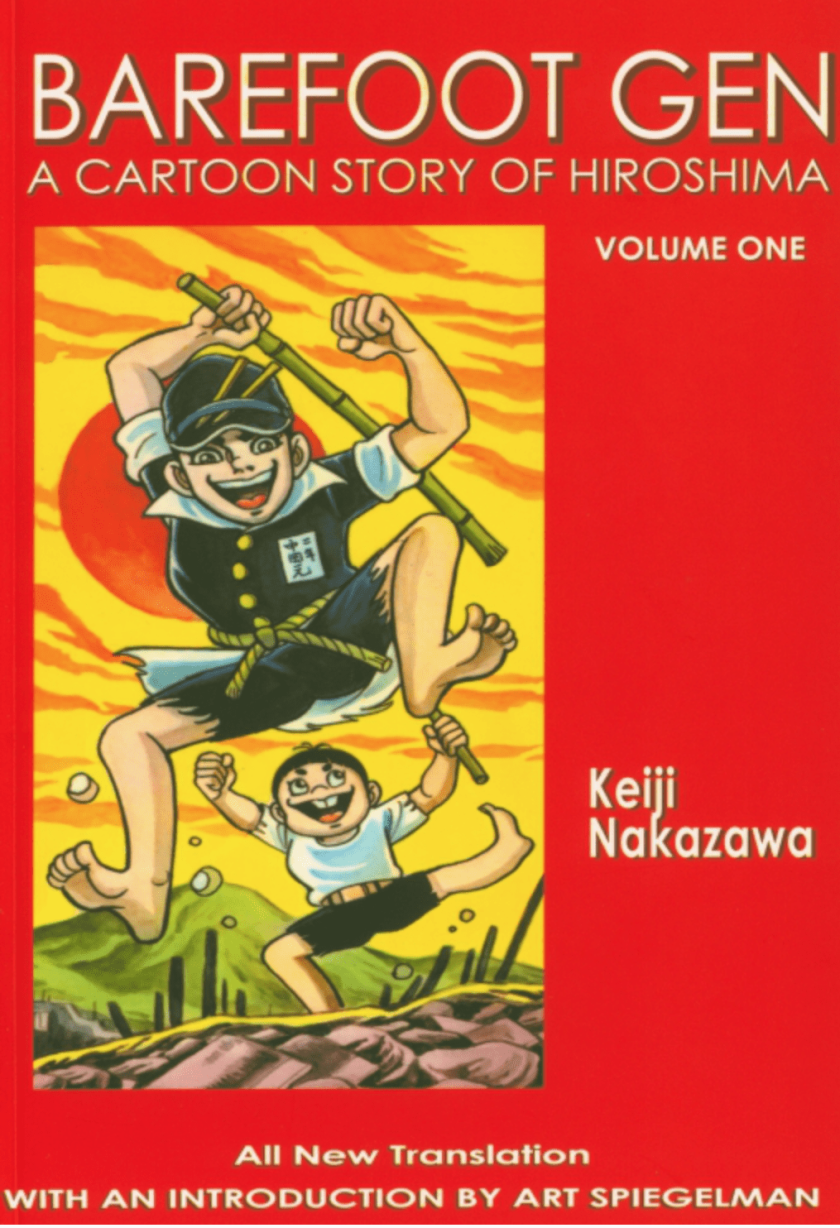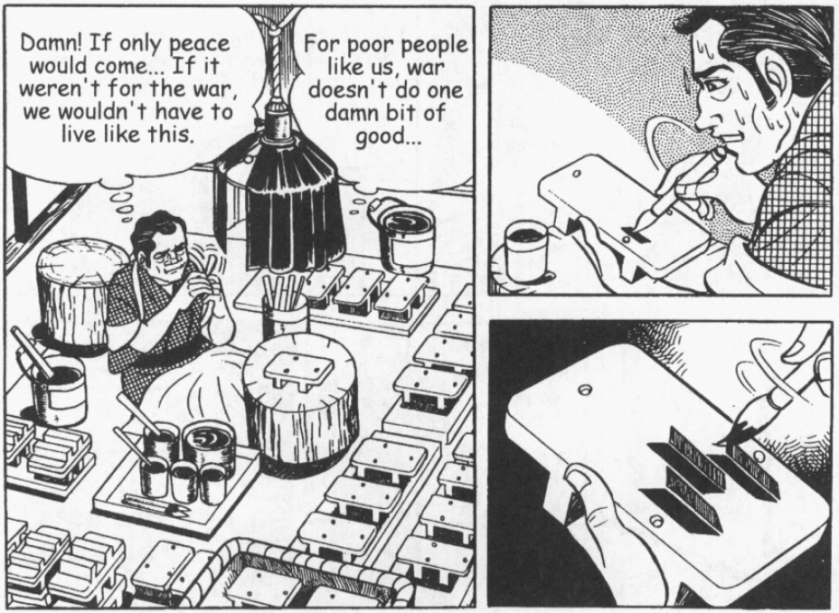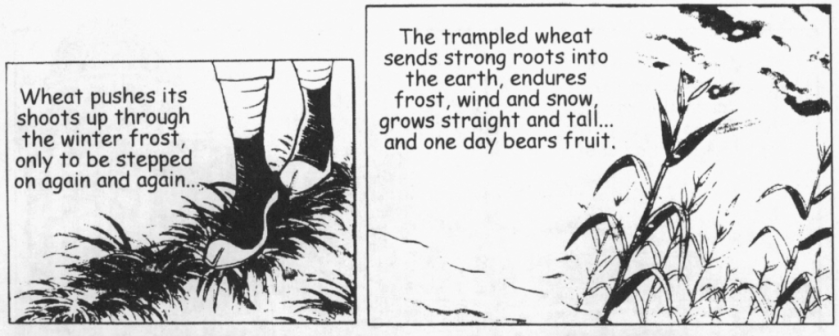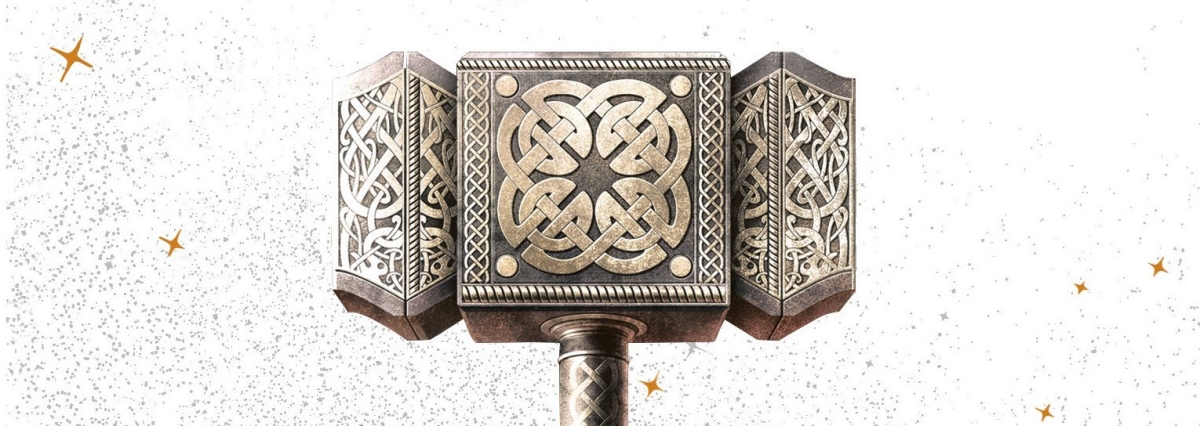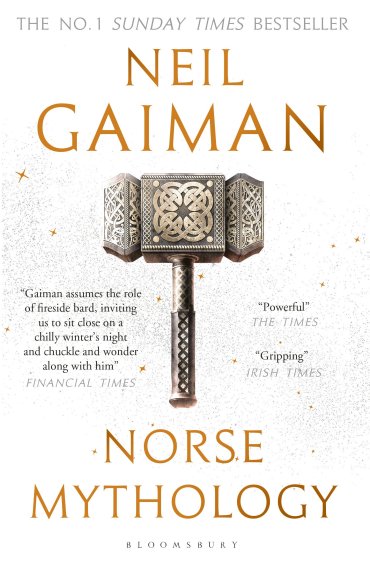This article contains minor spoilers for both the book and film adaptation of The Shining.
If you are reading this there is a good chance that you know the drama that comes whenever a film or TV series based on a book comes out. Do you watch it straight away or try to read the source material beforehand?
I am a habitual ‘read the book first’ person, and the worst kind of person to watch a book based film with. Throughout the Marvel Cinematic Universe or Lord of the Rings films I have had to constantly consciously hold my tongue to stop me whispering my insider knowledge to my irritated family I am seeing the film with. Often with the announcement at the end of the film that ‘the book was better’.
But with time I have learned to appreciate and respect the differences between the two story telling mediums. Following these points of personal growth, I did what once I thought was unthinkable, and saw a film before reading the book.
The film in question?
Stanley Kubrick’s iconic film The Shining.

The film is so interspersed in our pop culture that many scenes in the film will be familiar to watchers by virtue of parody in other shows such as The Simpsons, which is why I thought it was a prime candidate for this experiment. And with the experiment now complete, I am ready to share the results with you, to help you make the decision on whether or not you want to break with tradition and watch this film before reading the book.
What are you wanting to experience?
Whilst both mediums tell a similar story each has a different focus that fundamentally changes the experience for the reader/viewer. Both book and film tell the story of the haunting experiences of the Torrancefamily whilst they are snowed in at the isolated Overlook Hotel over the course of several months. But how that story is told varies distinctly, and naturally when you have experienced one medium, some of the tension is pulled out of the other by the reader/viewer’s foreknowledge of the events that are going to unfold. In fact I believe that this foreknowledge is what was likely to be responsible for my issues with the pacing of the book, which I highlighted in my review last week.
The book has a distinct focus on the more supernatural elements of the story, looking into the dark history of the Overlook Hotel, and the obsession that starts to grow within the Torrance family, in relation to this storied history. In this regards it is much clearer what is happening in the book when compared to the film. There is some distinctly odd imagery in the film that seem unexplained and weird for weirdness sake, however it becomes more clear what this imagery is in reference to upon reading the book. Further the titular ‘shining’ is explored with much greater detail in the book and is a relevant plot point, whereas it seems to be a vestigial story element in the film, and could be entirely cut without removing anything significant from the story.
The film by contrast focuses on the mental trauma of isolation and the growing madness it causes. Haunting events still occur, but the question in the viewer’s mind is ‘Is this happening or is it all in their heads?’ As a note of personal preference I find this horror to be more effective, as it feels more grounded in reality. The film continually utilises long cuts to build tension which works perfectly with the more psychological horror theme of the film. In a more artistic note the film uses single-point perspective extensively, clear inspiration for Wes Anderson’s later work. The combination of long cuts and single point perspectives build a sense of the enormity of the Overlook Hotel and the isolation the Torrance family are experiencing.
Both mediums explore themes of toxic masculinity and the damaging effect of patriarchal norms on men and those they love, however the book treats Jack Torrance in a distinctly more sympathetic manner than the film. Jack Nicholson’s portrayal of the head of the Torrance house has a continual undertone of an unhinged individual, complicit in his own madness, whereas the book paints the picture of a sincere man struggling to fight his own demons despite his best efforts. Neither can be said to be objectively better than the other as each portrayal is directly linked to the greater thematic focus of each medium.
Does one story completely ruin the other?
The short answer is no. The long answer is that in addition to the different narrative and thematic focus of the book and the film, there are important set-piece differences between the two mediums, which I was surprised to discover. Without spoiling both the film and book completely there are distinct differences between the film and the book’s climaxes, which are each suited to their own medium and story, and would be less suited to the other should the scenes be switched.
Because of this you will not ruin the film by reading the book first and neither will you ruin the book by watching the film first. It comes down to a point of personal preference which you watch or read first, which hopefully I have helped to advise you on. In either case I would fully recommend experiencing both, as it is rare to find such an effective example of how to tell the same story in two different mediums and how one can effectively adapt a book to a film without sacrificing the artistic integrity of both mediums.


